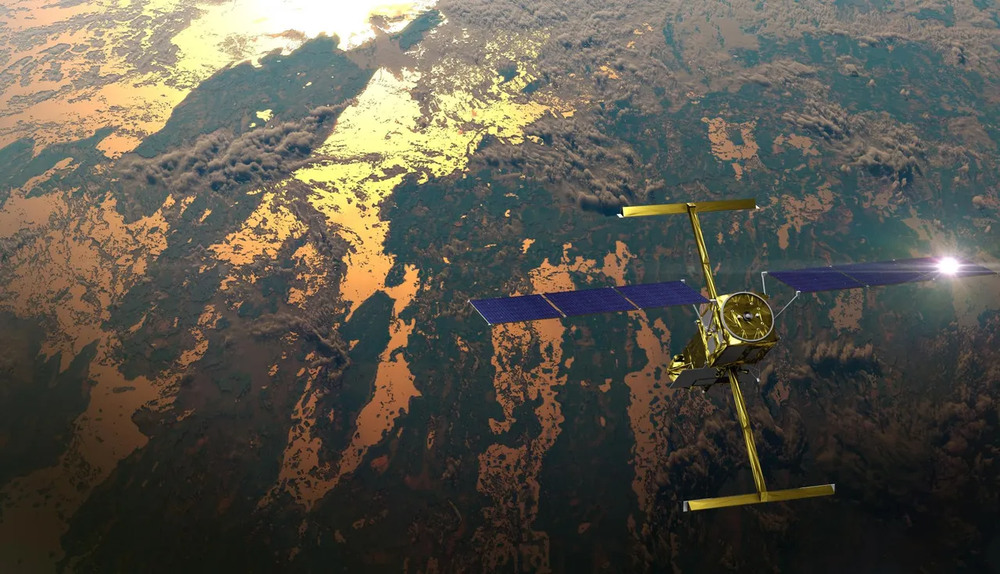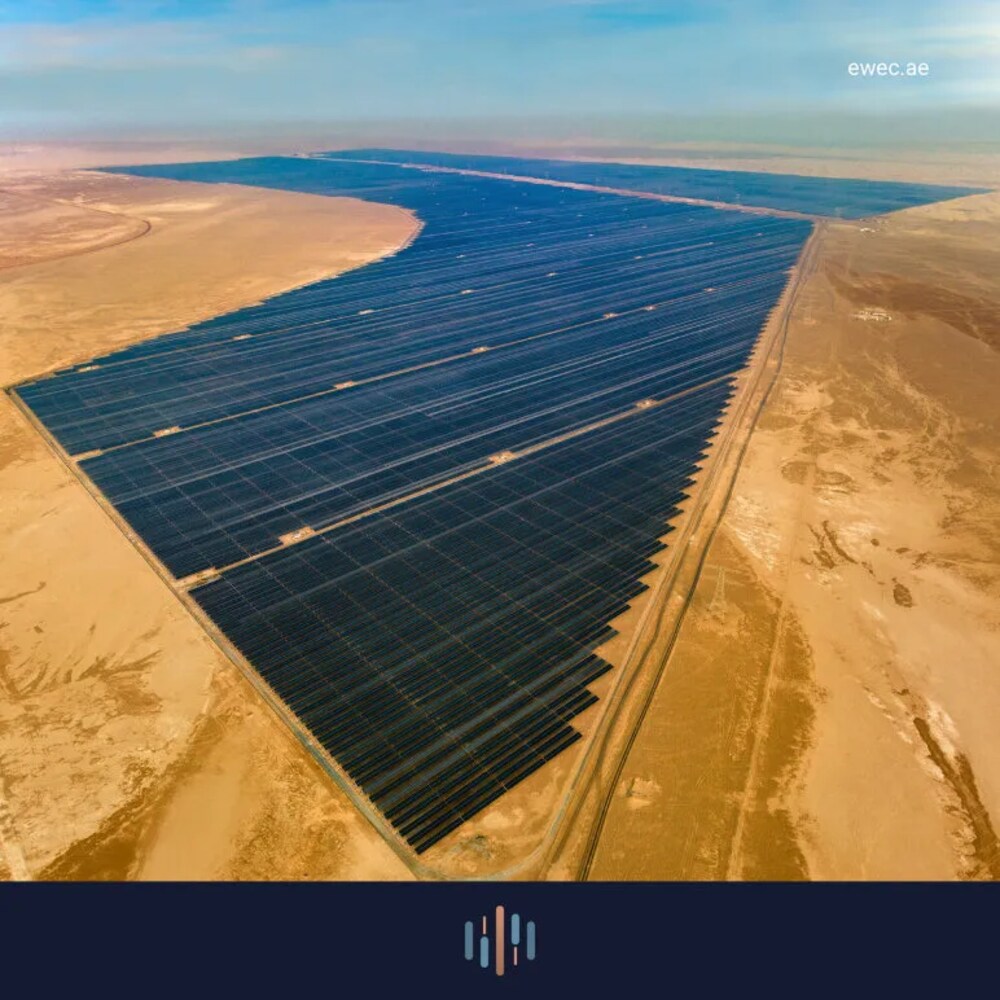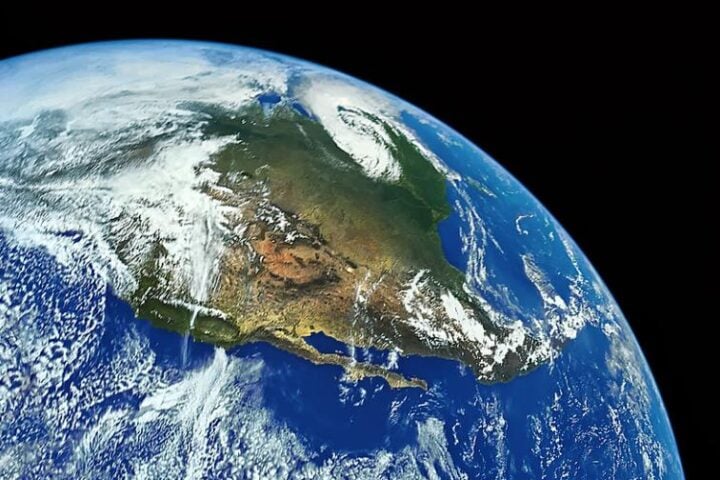Imagine a world where every drop of water tells a story – a narrative about Earth’s health, climate, and the future of humanity. This is not a page from a science fiction novel but a reality crafted by NASA’s latest venture. In collaboration with Google, NASA has launched a transformative project, “A Passage of Water,” bringing its extensive water data to life. This initiative provides us with an unprecedented window into the intricacies of Earth’s water systems.
At the heart of this project lies a treasure trove of data. NASA’s sophisticated satellites and sensors have been silently orbiting our planet, meticulously recording every nuance of its water bodies. From the ebbs and flows of the mightiest oceans to the subtle changes in remote lakes, NASA’s data is a goldmine for scientists and researchers. Dr. Sarah, a lead scientist at NASA, states, “This data isn’t just numbers; it’s a narrative of our planet’s health.”
The implications of this project are vast. By understanding water patterns, we can better predict climate changes, manage water resources, and even foresee natural disasters. This isn’t just about data; it’s about the lives and futures of millions who are affected by water-related issues. How we interpret and respond to this information could shape the future of water conservation and climate action.
Similar Posts
This initiative is not just a scientific endeavor; it’s a convergence of technology, environmental science, and data analytics. It illustrates how interdisciplinary approaches are crucial in tackling global challenges. The project resonates with environmentalists, technologists, and policymakers, highlighting the multifaceted nature of environmental issues.
Consider a farmer in a drought-prone area or a family in a flood-affected region. For them, this data is more than scientific curiosity; it’s a beacon of hope. It offers insights that could lead to better water management strategies, ensuring their livelihood and safety. By bringing a human face to the data, NASA and Google remind us that behind every statistic is a story of human resilience.
The precision of NASA’s data is remarkable. It captures subtle changes over time, offering a detailed picture of global water trends. This level of detail is crucial for accurate predictions and informed decision-making, reinforcing the project’s significance in global environmental monitoring.
Looking ahead, “A Passage of Water” could revolutionize how we interact with our planet’s resources. It opens up possibilities for sustainable water management and proactive environmental stewardship. As we stand at the crossroads of climate change, this project offers a ray of hope, guiding us towards a more sustainable and water-secure future.

















